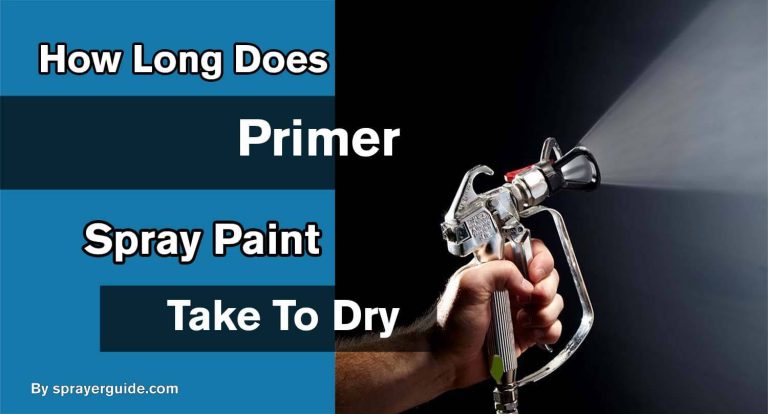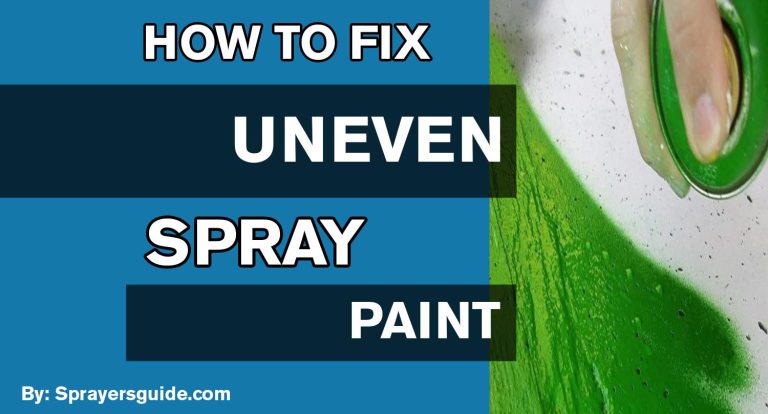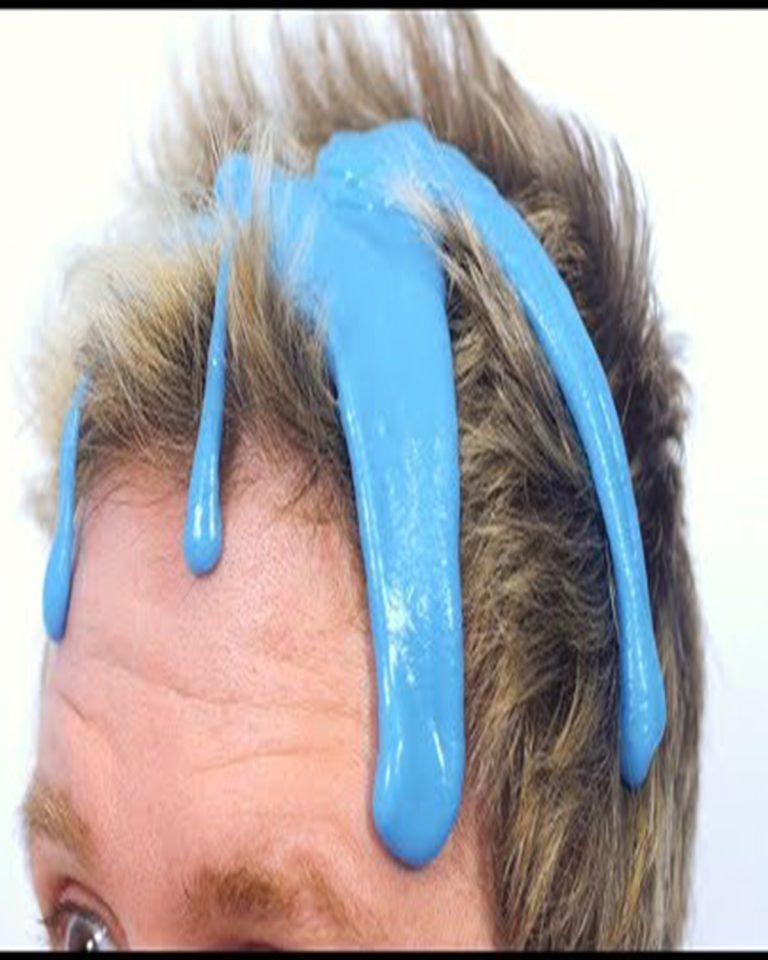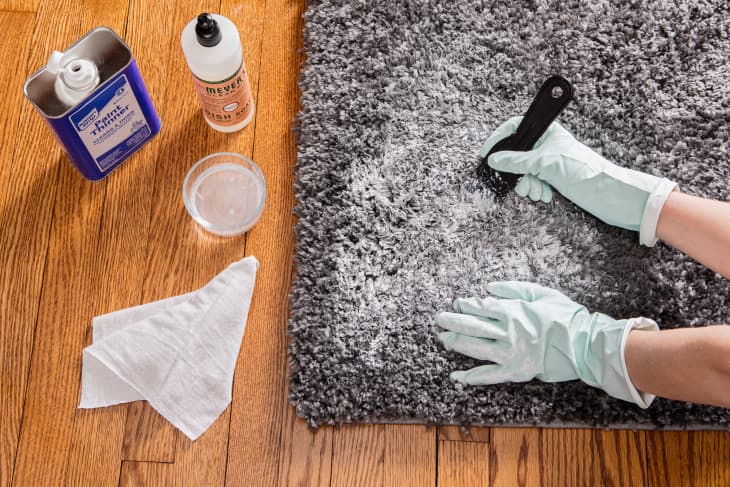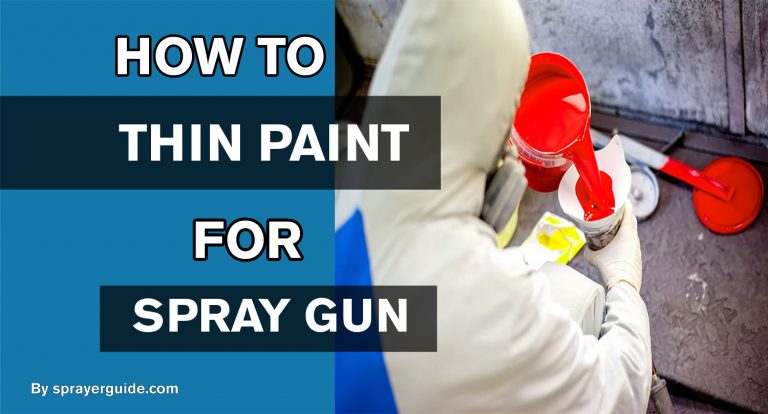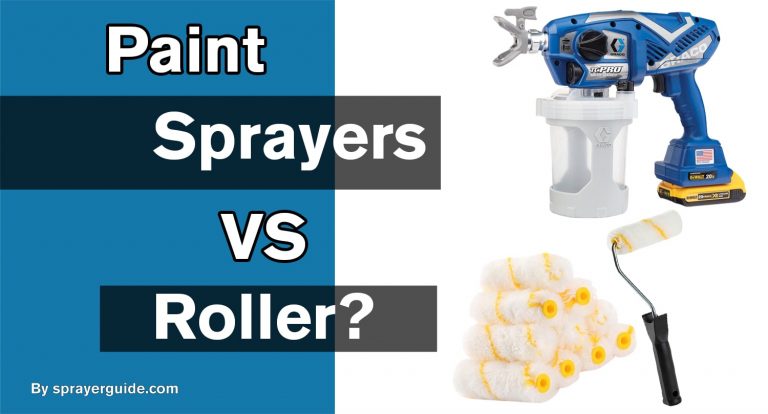When upgrading or transforming your car, you have two choices: painting the vehicle or wrapping it. Both of these methods of exterior customization are very popular in their own right and can offer various advantages depending on what you need to be done. Whether you’re looking to improve the overall aesthetic or protect some preexisting scratches and paint damage, each option offers unique benefits that should be weighed before making any decisions. So let’s dive into everything from cost to convenience and decide which is better — painting or wrapping.
Understanding the Basics of Painting and Wrapping a Car:
It’s not as easy as it might seem to paint and wrap a car. It would help to have the skills, experience, and tools to do the job right. Before painting or wrapping a car, the first step is to ensure it is clean and free of dirt or debris. You can do this by hand with soap and water or use products made for this purpose. When the car is clean, it’s time to get it ready to paint or wrap. This means removing rust spots and fixing scratches or dents that have formed over time.
The painting or wrapping itself is the next step. Depending on your finish, you’ll need paint primer, base coats, clear coats (for a shiny finish), and other specialty paints. To wrap a car, measure it, cut the vinyl to the right size, and carefully stretch it around its curves. The whole process is very complicated and should only be done by a professional with much experience. After you’ve painted or wrapped your car, it’s time to add decals or logos to finish it off. Lastly, you’ll need to put a sealant or wax on the paint job to keep it from fading from the sun or other outside factors. With the proper care and maintenance, your car will look great for years after it has been painted or wrapped.
What’s a Paint Job?
A paint job applies new paint to a car’s body and other components, such as the bumpers, rims, hood, and doors. This is usually done for aesthetic or protection purposes. New paints are applied over the existing coat of paint on the car’s surface, creating a neat and uniform look to its exterior.
Painting a car can involve changing your vehicle’s color or simply adding a coating to protect it from external elements such as dust, sun damage, corrosion, and rainwater. A quality automotive paint job should last several years if properly cared for and maintained by regularly washing and waxing your vehicle. Many people also opt for ceramic coatings, which increase durability against scratches, chipping, and peeling.
A professional car paint job is the only way to ensure your car looks great for a long time. It involves sanding down the existing coat of paint on your car before applying fresh coats of primer, sealer, basecoat, and clearcoat. The cost of a paint job depends on factors such as the size of the vehicle, the condition of existing paint, the type of automotive paints used, and labor costs associated with preparation and application. Professional painters will always consider any damages or imperfections to ensure a smooth and flawless finish.
WHAT ARE VEHICLE WRAPS?
Vehicle wraps are a form of advertising where an adhesive vinyl graphic is applied to the body of a vehicle. It consists of cutting-edge digitally printed graphics with a protective coating, making it very durable and able to withstand all weather conditions. Vehicle wraps give brand visibility on the road while providing businesses a unique way to stand out in their marketing efforts.
Also, businesses and organizations can use vehicle wraps to advertise their services in an eye-catching and cheap way. Vehicle wraps can be completed on any car or truck size, color, or shape, including vans, buses, trailers, boats, and other marine vessels. They also provide full or partial vehicle coverage depending on the customer’s needs. In addition to offering complete vehicle wraps, businesses can also choose from various other wrap options, such as decals, window graphics, and magnets.
No matter the type of wrap, all wraps are designed to be removable to protect the original paint job. Vehicle wraps are an excellent way for businesses to make a big impression on potential customers without taking up important advertising space. Wraps also offer increased protection against UV rays and other elements that may damage paint surfaces over time. Ultimately, vehicle wraps give business owners effective ways to advertise while letting them keep their vehicles’ good looks.
COMPARISON: PAINT VS WRAP CAR
Cost:
Paint jobs are usually more expensive than wraps, as they require more labor and materials to be done correctly. Wraps can range from a few hundred to several thousand dollars depending on the vehicle’s size and the design’s complexity.
Durability:
Paint jobs last longer than wraps because they are less likely to fade or get damaged by weather or other environmental factors. Wraps can wear down over time if exposed to heat, UV light, and vehicle washings for a long time.
Customization:
Both paint jobs and wraps can be changed to suit a person’s tastes but wrap usually offer more design options. With a paint job, you are limited to the colors available in your local auto body shop. With wraps, however, you can choose from various colors and finishes, including chrome and matte.
Resale Value:
Paint jobs add more value to a vehicle when it comes time to resell or trade-in because they usually increase its aesthetic appeal. Wraps may not be as valuable since they can be removed easily without damage to the paint underneath.
Installation Time:
Wraps take less time to install than a traditional paint job because no chemical products need to be used, and no drying time is required between coats. A wrap can typically be completed within one day. On the other hand, a paint job can take several days due to the number of coats that need to be applied.
Maintenance: Paint jobs need more maintenance than wraps because they can get scratches and chips and fade over time. Wraps are easier to maintain since they are impervious to these elements and can easily be wiped down with a damp cloth.
Color Matching:
Paint jobs offer the best color matching because they use actual paint colors, while wraps use simulated colors, which may not look identical when compared side by side.
Removal:
Wraps can easily be removed without damaging the underlying paint. In contrast, removing some parts of a paint job may be difficult or impossible without leaving residual damage on the car’s surface.
Repair:
Paint jobs are more accessible to repair than wraps because they use a chemical bond that can be blended into existing paintwork, while wraps usually need to be replaced to fix small areas of damage.
Visual Effect:
Both paint jobs and wraps can provide a unique visual effect, but they may offer more customization options since they come in different colors, textures, and finishes. The type of material used for the wrap will also affect the car’s look, so choosing one that best reflects your style is essential.
Whether you go with a paint job or a wrap depends on your budget and personal preferences. It’s important to research both options carefully before making a final decision. Wraps and paint jobs provide a way to customize your vehicle, but some crucial differences should be considered before making a final decision. This article will compare the pros and cons of wraps versus paint jobs to help you make an informed choice about how best to achieve the look of your car.
Cost is one of the most obvious differences between paint jobs and wraps. Paint jobs require more labor and materials than wraps, so they are more expensive. Wraps range from several hundred dollars up to several thousand dollars depending on the size and complexity of the design. Durability is another factor when comparing paint jobs versus wraps. Paint tends to last longer since it is less prone to fading and discoloration, while wraps may need to be replaced every few years due to sun damage and wear and tear.
Frequently Asked Questions:
Paint offers more permanent protection for your vehicle and is usually less expensive than a vinyl wrap. The downside is that the painting process can take a few days to complete, and there may be some downtime. In contrast, vinyl wrap offers temporary protection from scratches and minor damage, but it is far superior in terms of customizability in terms of color and finishes. This option is also much faster to apply as it takes only a few hours rather than days to complete. However, the vinyl wrap must be replaced every few years due to fading or weathering. Both options offer excellent protection against UV damage, yet paint performs slightly better in this area. Ultimately, the decision between paint or wrap is up to you and should be based on your preference, budget, and desired level of protection.
Absolutely! Many people combine both options, with painted panels complemented by vinyl accents. This allows them more freedom in terms of customizability as they can choose paint colors not available in vinyl wraps while also taking advantage of the unique color-shifting effects of sure wraps. It’s important to note that if you use both mediums, the wrap needs to be applied first to properly seal the edges before painting over them.
Yes, but it is not recommended. Paint does not adhere well to vinyl so the results can be unpredictable, and you may end up with a less-than-desirable finish. It is much better to remove the wrap before painting if possible. If that’s not an option, use a high-quality primer designed for vinyl surfaces to achieve optimal adhesion and coverage.
A quality paint job will generally net you more money when it comes time to resell the vehicle, as it indicates that the car has been well taken care of and should last for many years. Wraps may decrease the resale value of a car since removing them can be labor-intensive and may leave behind residue that must be removed before selling the car. Ultimately, both options offer excellent protection from UV damage and minor scratches, so the choice comes down to your preference.
Final Note:
Lastly, painting and wrapping a car have pros and cons. Paint is more traditional, but wraps give you more options for colors and designs. If you want to change the look of your car without spending much money, wraps are the way to go. However, if you want something that will last longer and require less maintenance, you might be better off painting your car. Last, think about how long you want to keep the car and how you want it to look. Think about your options before deciding whether to paint or wrap.
Read more:
- How Long Does Primer Spray Paint Take To Dry
- How To Spray Paint Wood Chairs
- How To Thin Water-Based Paint For Roller
- How Long Does Spray Paint Take To Dry Metal
- Is It Better To Spray Or Roll the Interior Paint
- Does A Paint Sprayer Use More Paint Than A Roller
- How To Thin Water-Based Paint For Spraying
- How To Clean Wagner 350 Paint Sprayer
- How To Paint A Textured Ceiling With A Roller
- Which Is Better, Air Or Airless Paint Sprayer
- How To Use Hvlp Spray Gun
- How Long Does Spray Paint Take To Dry On Cardboard
- Graco Magnum Prox17 VS X5


